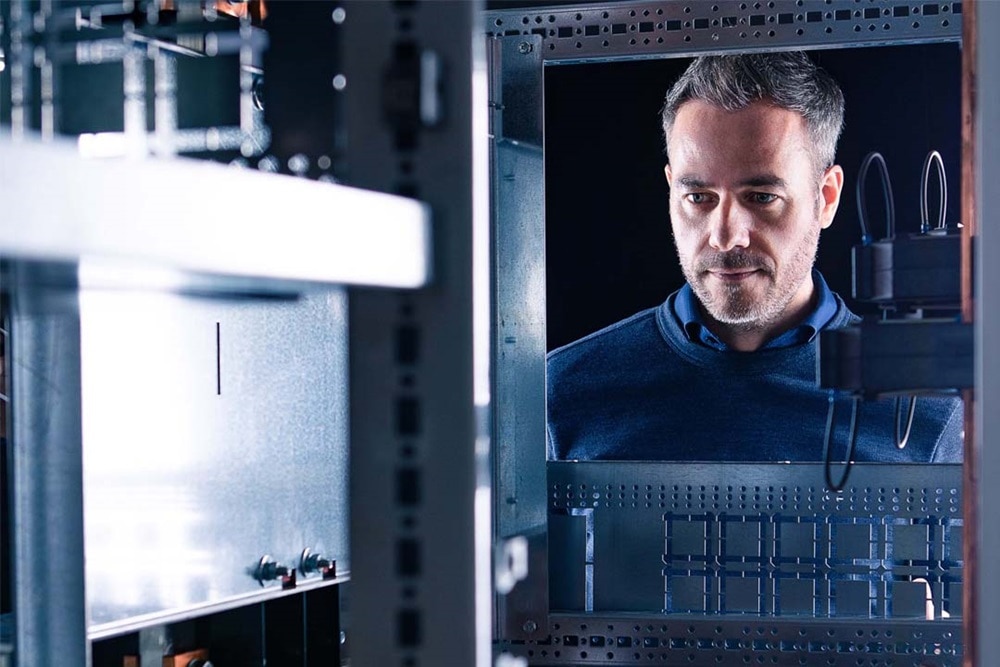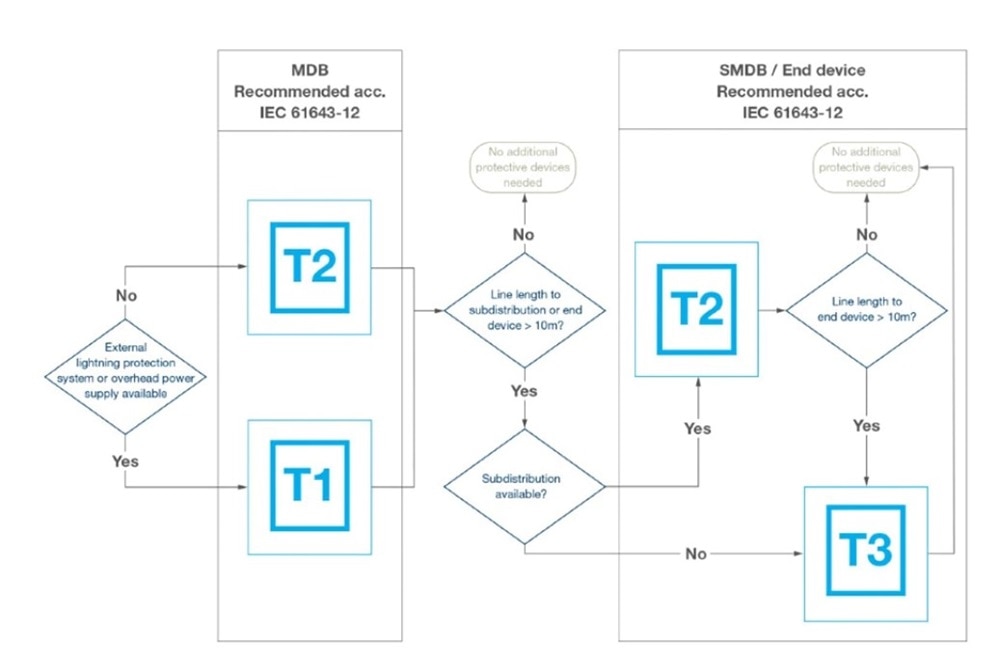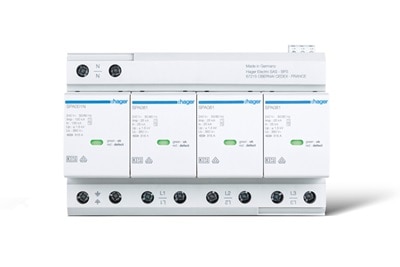Power
surge
protection
Keeping people and property safe.
Power surges are the main cause of defects in electronic devices – with claims of over 200 million euros per year. Therefore, power surge protection devices are a must for safe electrical installation: in all buildings, all over the world.

What is surge protection
The three types of surge protection devices
Protection
technology
from a single source
With Hager’s surge protection range, all normative requirements can be implemented simply and safely.
The range includes combined SPDs Types 1, 2 and 3 for all main types, as well as SPDs for the protection of multimedia and communication devices.

Combine and reinforce
More
protection
Overvoltage arresters protect against
transient overvoltages which may cause the deterioration of electrical equipment and the destruction of the electronic components of the receivers. They can be used in all earthing systems (neutral point system).

Residential
building protection

Commercial
building protection
An increasing number of countries are implementing international standardization requirements and are translating those requirements to even stricter local standards, leading to SPDs as an obligatory prerequisite for new electrical installations.














